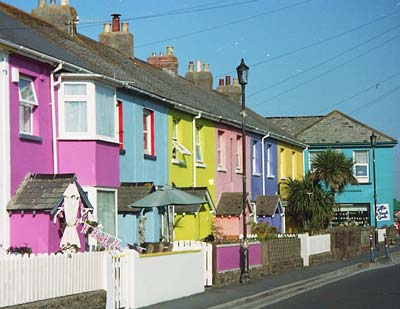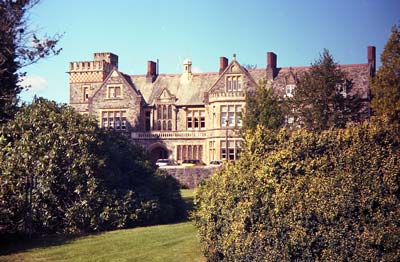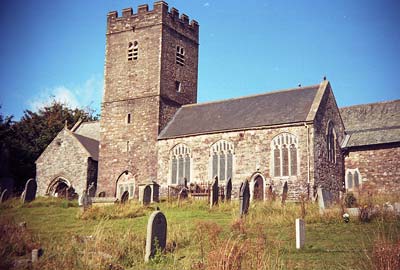Spartus "35"
Specification

| Manufacturer | : | Spartus |
|---|---|---|
| Produced | : | 1947 |
| Classification | : | Miniature |
| Body Type | : | Solid Body |
| Construction | : | Bakelite/Metal |
| Film Type | : | 135 |
| Film Width | : | 35mm |
| Image Size | : | 36mm x 24mm |
| No. of Images | : | 36 |
| Lens Type | : | Graf Achromat |
| Focal Length | : | 50mm |
| Focus Type | : | Fixed |
| Focal Range | : | 6ft - Inf. |
| Aperture Type | : | Rotating Stops |
| Apertures | : | f/7.7, f/11, f/16 |
| Shutter Type | : | Leaf |
| Shutter Speeds | : | T, I*(1/50s) |
| Size (w x h x d) | : | 135 x 75 x 65 mm |
| Weight | : | 290g |
| * measured on this camera | ||
Art Deco Credentials
![]()
![]()
Acceptable: Modest and restricted
- Produced after the main Art Deco period.
- Bakelite body with fake leather moulding.
- Streamline Moderne curvilinear body design
- Chrome lens tube.
- Art deco lettering on lens plate
Description
The Spartus 35 and Spartus 35 F are a series of 35mm film viewfinder cameras made by Spartus and produced from 1947 to 1954. Later models were made by Herold Mfg. Co. in Chicago, USA. The Spartus 35 was the first 35mm camera made by Spartus. It is a simple camera made of Bakelite. Obviously modelled on the Argus A, the Spartus 35 features a classic shape very common to 35mm cameras of its era. It's curvilinear design and restrained decoration give it an Art Deco Streamline Moderne character.
The 35 features a very basic 50mm lens with a minimum focus distance of about 6 feet. Aperture is controlled by rotating a metal plate behind the lens which have precut holes for f/7.7, f/11, and f/16 as well as a position labelled 'SHUT' which closes the aperture completely. The shutter is preset at about 1/50 second but can be put in 'time' mode by moving a small lever on the lens barrel opposite the shutter lever. However, time mode acts as 'bulb' with the shutter staying open only as long as button is pressed.
On the top left of the camera is the wind knob that can only be activated, when the film has been loaded, by pressing the silver button on the back. The button is pressed for half a turn and then released. The film winding is continued. The film halts at the position of the next frame. A frame counter dial indicates which frame you are exposing. The shutter release is not linked to the film advance so double exposures are possible. The rewind button is underneath to the right. In the middle of the top is a simple optical viewfinder. Like many cameras of its day, the back comes off completely (as opposed to being hinged) and comes undone by lifting the metal tab on the left.
How to Use
Find the manual here:- Spartus "35" Manual
If you don't want to bother with an exposure meter, follow the guide shown. It is based on the 'Sunny 16' rule. Film is so forgiving and will produce acceptable results even when overexposed by 2 or 3 stops or underexposed by 1 stop.
Remember that the exposure guide in the camera user manual may not be helpful as it is based on the use of old film with a low ISO value.
The table assumes that the sun is at least 30 degrees above the horizon - that's 10am - 5pm on a summer's day in the UK.
If you are not sure about the light level, err on the side of overexposure - i.e. assume the smaller f number.
This camera has a choice of three aperture values - f/7.7, f/11 and f/16. The shutter speed is 1/50s
You may want to use a tripod to stop blur through shake.
Using ISO 100/125 film - shutter speed 1/50s
| Weather Conditions | Shadow Detail | Aperture | Exposure |
|---|---|---|---|
 Sunny SunnySnow/Sand | Dark with sharp edges | f/16 | +2 Stop Overexposed Acceptable |
 Sunny Sunny | Distinct | f/16 | +1 Stop Overexposed Acceptable |
 Slight Overcast Slight Overcast | Soft around edges | f/16 | Good |
 Overcast Overcast | Barely visible | f/11 | Good |
 Heavy Overcast Heavy Overcast | None | f/7.7 | Good |
 Open Shade Open Shade/Sunset | None | f/7.7 | -1 Stop Underexposed Acceptable |
Photographs taken with this Camera
Film - Kodak Portra 160. Developed in Tetenal.



